Home>Gardening & Outdoor>Outdoor Structures>How To Keep Tools From Rusting In A Shed
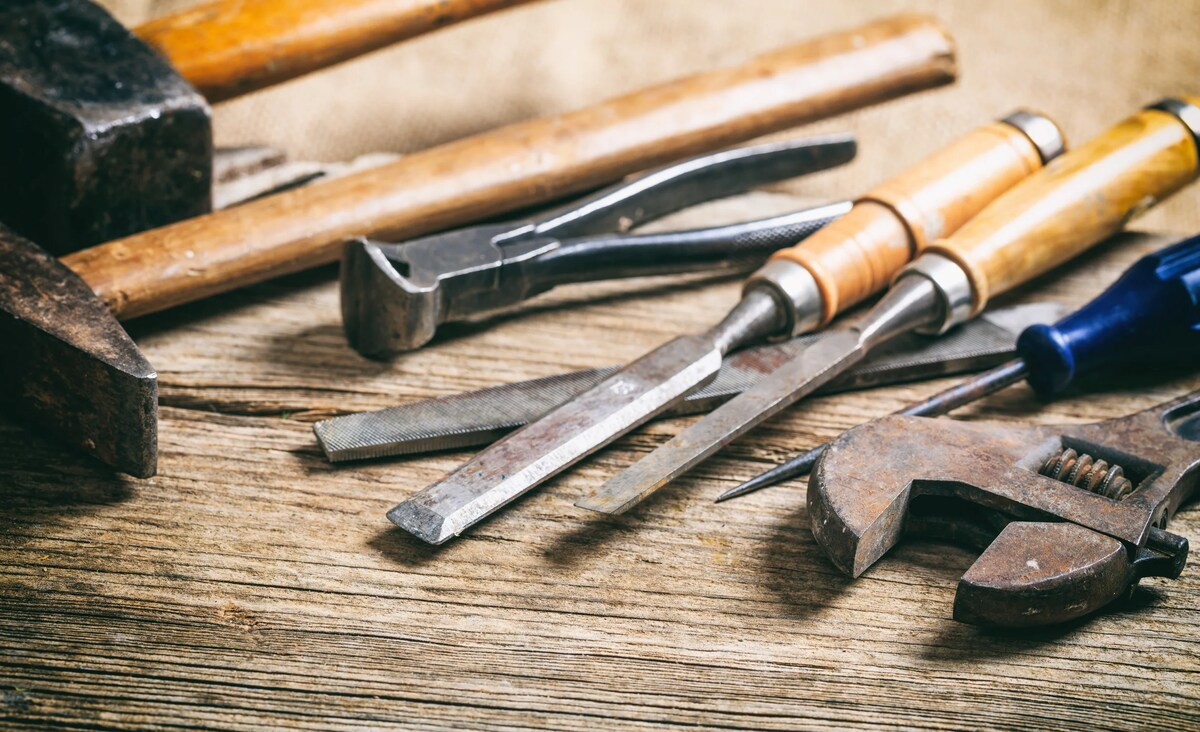

Outdoor Structures
How To Keep Tools From Rusting In A Shed
Modified: March 2, 2024
Learn how to prevent rust on tools stored in outdoor structures. Discover effective tips for keeping your shed tools rust-free. Protect your outdoor equipment with these maintenance strategies.
(Many of the links in this article redirect to a specific reviewed product. Your purchase of these products through affiliate links helps to generate commission for Storables.com, at no extra cost. Learn more)
Introduction
Welcome to the world of outdoor structures, where sheds stand as the guardians of our gardening tools, outdoor equipment, and cherished possessions. However, as much as sheds provide a safe haven for our belongings, they can also become the breeding ground for a common enemy – rust. The sight of rust on our tools can be disheartening, but fear not, as there are effective strategies to combat this relentless foe. In this article, we will delve into the art of preserving your tools and equipment, ensuring they remain rust-free within the confines of your shed.
From understanding the nature of rust to selecting the right storage solutions and implementing preventive measures, we will explore the various techniques to keep your tools in pristine condition. So, let’s embark on this journey to safeguard your cherished tools and bid adieu to the scourge of rust.
Key Takeaways:
- Protect your tools from rust in sheds by choosing the right storage, using desiccants, and applying protective coatings. Regular maintenance is key to ensuring your tools remain rust-free and functional.
- Understanding the nature of rust and the environmental factors contributing to its formation is crucial in devising effective preventive measures for safeguarding tools in shed environments.
Read more: Where To Put A Tool Shed In Rust
Understanding Rust
Rust, scientifically known as iron oxide, is the reddish-brown coating that forms on iron or steel when exposed to moisture and oxygen. This natural process, known as corrosion, occurs when metal undergoes oxidation, leading to the formation of iron oxide. In the context of sheds and outdoor structures, the presence of moisture, whether from humidity or direct contact with water, accelerates the formation of rust on metal tools and equipment stored within these spaces.
Understanding the environmental factors that contribute to rust formation is crucial in devising effective preventive measures. Shed environments, especially those located in areas with high humidity or frequent rainfall, create an ideal breeding ground for rust. Additionally, temperature fluctuations can lead to condensation, further exposing metal surfaces to moisture and promoting rust formation.
Moreover, the presence of airborne pollutants and chemicals, such as those from fertilizers or pesticides stored in the vicinity of the shed, can expedite the corrosion process. It’s essential to recognize that even stainless steel, known for its corrosion resistance, is not entirely impervious to rust, especially in unfavorable environmental conditions.
By comprehending the underlying mechanisms of rust formation and the specific environmental challenges posed by shed storage, we can tailor our preventive strategies to effectively combat this pervasive issue. With this knowledge in hand, we can now explore the proactive measures to shield our tools from the relentless advance of rust.
Choosing the Right Storage
When it comes to safeguarding your tools from rust, the choice of storage within your shed plays a pivotal role in preventing moisture buildup and minimizing exposure to environmental elements. Opting for storage solutions that promote air circulation and minimize direct contact with the ground can significantly reduce the risk of rust formation.
One effective approach is to invest in elevated storage options, such as wall-mounted racks, pegboards, or ceiling hooks. By utilizing vertical space, you not only declutter the shed floor but also provide ample ventilation around the stored tools, reducing the likelihood of moisture accumulation. Additionally, storing tools on racks or hooks minimizes contact with the ground, shielding them from potential water seepage or condensation that may occur in damp environments.
Furthermore, incorporating shelving units with open or slatted designs can enhance air circulation around the stored items, mitigating the conditions conducive to rust formation. Selecting storage containers made of moisture-resistant materials, such as plastic or coated metal, can also contribute to maintaining a dry environment within the shed, thereby protecting your tools from the corrosive effects of moisture.
Another crucial aspect to consider when choosing the right storage is the segregation of tools based on their material composition and susceptibility to rust. For instance, grouping together stainless steel items separate from carbon steel tools can prevent galvanic corrosion, a process triggered by the contact between dissimilar metals in the presence of moisture. By implementing these segregation practices, you can proactively minimize the risk of rust formation and preserve the integrity of your tool collection.
By thoughtfully selecting storage solutions that prioritize ventilation, minimize ground contact, and consider material compatibility, you can create an environment within your shed that is conducive to preserving the longevity and functionality of your tools. With the foundation of appropriate storage laid, we can now explore additional strategies to fortify your tools against the insidious threat of rust.
Using Desiccants
Desiccants, commonly known as moisture absorbers, serve as valuable allies in the battle against rust by effectively reducing the humidity levels within enclosed spaces such as sheds. These desiccants, available in various forms including silica gel packets, calcium chloride crystals, and activated charcoal, work by attracting and trapping moisture from the surrounding air, thus creating a drier environment that inhibits rust formation on metal surfaces.
Introducing desiccants into your shed can be a proactive measure to counteract the natural moisture influx that occurs within these structures. Placing silica gel packets or desiccant pouches within tool storage containers or drawers can help maintain a low-humidity environment, safeguarding your tools from the corrosive effects of moisture-laden air.
Moreover, for larger shed spaces, utilizing reusable moisture absorbers that employ calcium chloride crystals can be an effective strategy to combat humidity. These products, often available in the form of hanging moisture absorbers or refillable containers, continuously work to reduce moisture levels, thereby creating a more favorable environment for tool storage within the shed.
Activated charcoal, renowned for its exceptional absorption properties, also serves as a potent desiccant when placed within the shed environment. Whether in the form of sachets or strategically positioned containers, activated charcoal aids in maintaining optimal humidity levels, thereby contributing to the prevention of rust on metal tools and equipment.
Additionally, for sheds located in regions with consistently high humidity or prone to frequent rainfall, employing electric dehumidifiers can provide a reliable and automated solution to regulate moisture levels. These devices actively extract excess moisture from the air, effectively curbing the conditions conducive to rust formation and ensuring the longevity of your tool collection.
By integrating desiccants into your shed environment, whether in the form of silica gel packets, calcium chloride absorbers, or activated charcoal, you can proactively mitigate the impact of moisture on your tools, thereby fortifying them against the persistent threat of rust. With the arsenal of desiccants enlisted in the battle against rust, we can now turn our attention to additional protective measures to safeguard your cherished tools within the confines of your shed.
To keep tools from rusting in a shed, apply a thin layer of oil or a rust-preventative spray to the metal surfaces. Store tools in a dry area and use silica gel packs to absorb moisture.
Applying Protective Coatings
One of the most effective strategies to shield your tools from the corrosive grasp of rust is the application of protective coatings. These coatings act as a formidable barrier, safeguarding metal surfaces from direct exposure to moisture and atmospheric elements, thereby impeding the onset of rust.
One widely utilized protective coating is rust-inhibiting spray, specifically formulated to create a protective layer on metal surfaces. These sprays, often based on compounds such as zinc or aluminum, form a durable barrier that impedes the oxidation process, effectively thwarting the formation of rust on your tools and equipment.
Another popular protective measure is the application of specialized rust-resistant paints or enamels. These coatings, available in a spectrum of colors and formulations, not only enhance the aesthetic appeal of your tools but also provide a robust shield against moisture and environmental factors that contribute to rust formation. Prior to applying these coatings, it is crucial to ensure that the metal surfaces are clean and free of existing rust, enabling the protective layer to adhere effectively and deliver long-lasting defense against corrosion.
Furthermore, for tools with intricate or hard-to-reach areas, utilizing rust-inhibiting waxes or compounds can offer comprehensive protection. These products, often in the form of waxes, gels, or pastes, penetrate into crevices and recesses, forming a resilient shield against moisture and oxidation, thus preserving the integrity of your tools in the battle against rust.
For outdoor structures such as sheds, where tools are subjected to fluctuating environmental conditions, employing rust-preventative oils can provide an additional layer of defense. These oils, designed to displace moisture and create a protective film on metal surfaces, serve as a reliable safeguard against rust, ensuring that your tools remain unscathed by the relentless forces of corrosion.
By incorporating protective coatings, whether in the form of rust-inhibiting sprays, rust-resistant paints, specialized waxes, or preventative oils, you can fortify your tools with a robust shield against the pervasive threat of rust. With the application of these protective measures, your tools are poised to withstand the rigors of shed storage and emerge unscathed by the corrosive forces of nature.
Regular Maintenance
Consistent and proactive maintenance practices are essential in preserving the longevity and functionality of your tools while safeguarding them from the insidious encroachment of rust. By integrating regular maintenance routines into your shed management, you can actively monitor and protect your tools, ensuring they remain in optimal condition.
One fundamental aspect of regular maintenance involves cleaning and drying your tools after each use. By promptly removing dirt, debris, and moisture from the surfaces of your tools, you can prevent the accumulation of corrosive agents and inhibit the onset of rust. Utilizing a combination of mild detergents, brushes, and absorbent cloths, you can meticulously clean and dry your tools, thereby fortifying them against the relentless advance of rust.
Moreover, implementing a routine inspection schedule for your tools enables you to detect early signs of rust or corrosion. By regularly examining your tools for any discoloration, surface irregularities, or the presence of rust, you can promptly address these issues through targeted cleaning, application of protective coatings, or, if necessary, seeking professional assistance to mitigate the progression of corrosion.
Sharpening and oiling metal tools at regular intervals is another integral facet of maintenance. By ensuring that cutting edges and metal surfaces are well-maintained and lubricated, you not only enhance the performance of your tools but also create an additional barrier against rust formation, thereby prolonging their functional lifespan.
Furthermore, organizing and decluttering the shed space contributes to the overall maintenance of your tools. By establishing a systematic storage system and promptly addressing any instances of clutter or moisture accumulation within the shed, you create an environment that is conducive to the preservation of your tools, shielding them from the corrosive effects of disorganization and environmental factors.
Incorporating a regular maintenance regimen for your tools within the shed environment is paramount in fortifying them against the persistent threat of rust. By embracing these proactive measures, you can ensure that your cherished tools remain resilient in the face of environmental challenges, emerging unscathed by the pervasive forces of corrosion.
Conclusion
As we conclude our exploration of safeguarding tools from rust within shed environments, it becomes evident that preserving the integrity of our cherished possessions requires a proactive and multifaceted approach. By understanding the nature of rust and the environmental factors contributing to its formation, we equip ourselves with the knowledge to effectively combat this relentless adversary.
Choosing the right storage solutions, such as elevated racks, moisture-resistant containers, and thoughtful segregation of tools, lays the foundation for creating a conducive environment within the shed. Furthermore, integrating desiccants and employing protective coatings fortifies our tools against the pervasive threat of rust, establishing formidable barriers that shield them from moisture and oxidation.
Regular maintenance emerges as a crucial component in this battle, empowering us to monitor, clean, and maintain our tools, thus ensuring their resilience in the face of environmental challenges. By embracing these strategies, we not only protect our tools from rust but also extend their functional lifespan, enabling us to derive maximum utility and enjoyment from our cherished equipment.
In the realm of outdoor structures, sheds stand as stalwart guardians of our tools and equipment, providing a sanctuary that demands our attentive care and preservation. As we navigate the nuances of shed storage, let us embark on this journey armed with the knowledge and strategies to safeguard our tools from rust, ensuring that they remain steadfast allies in our outdoor endeavors.
With an amalgamation of preventive measures, proactive maintenance, and a deep understanding of the nuances of rust prevention, we stand poised to conquer the challenges posed by shed storage, emerging victorious in our quest to preserve the integrity of our tools and equipment against the relentless advance of rust.
Frequently Asked Questions about How To Keep Tools From Rusting In A Shed
Was this page helpful?
At Storables.com, we guarantee accurate and reliable information. Our content, validated by Expert Board Contributors, is crafted following stringent Editorial Policies. We're committed to providing you with well-researched, expert-backed insights for all your informational needs.
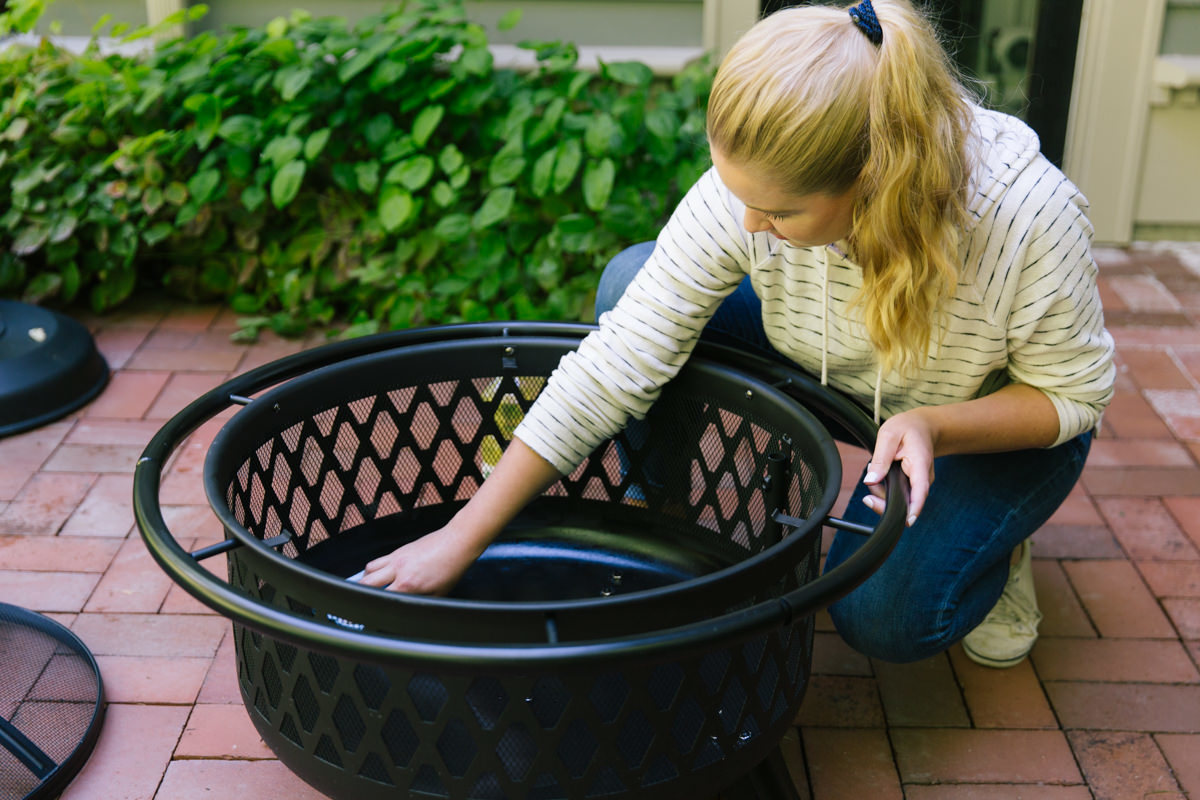
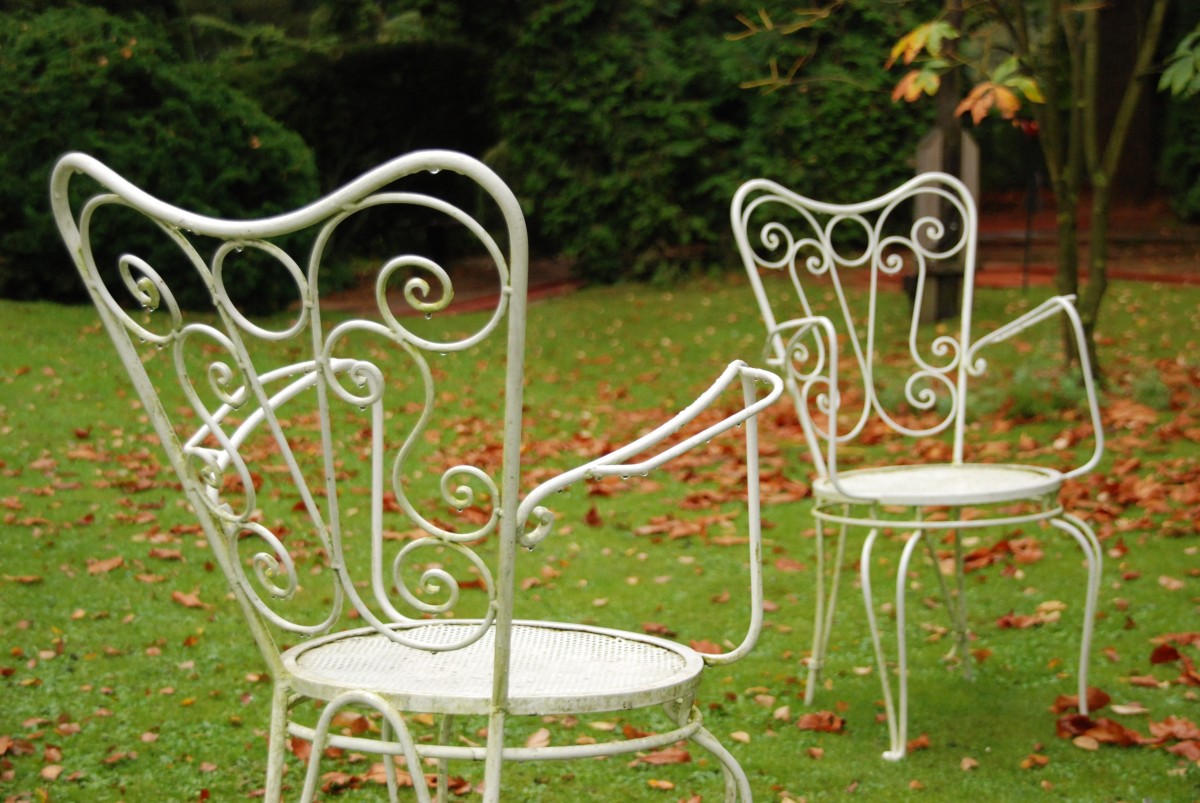

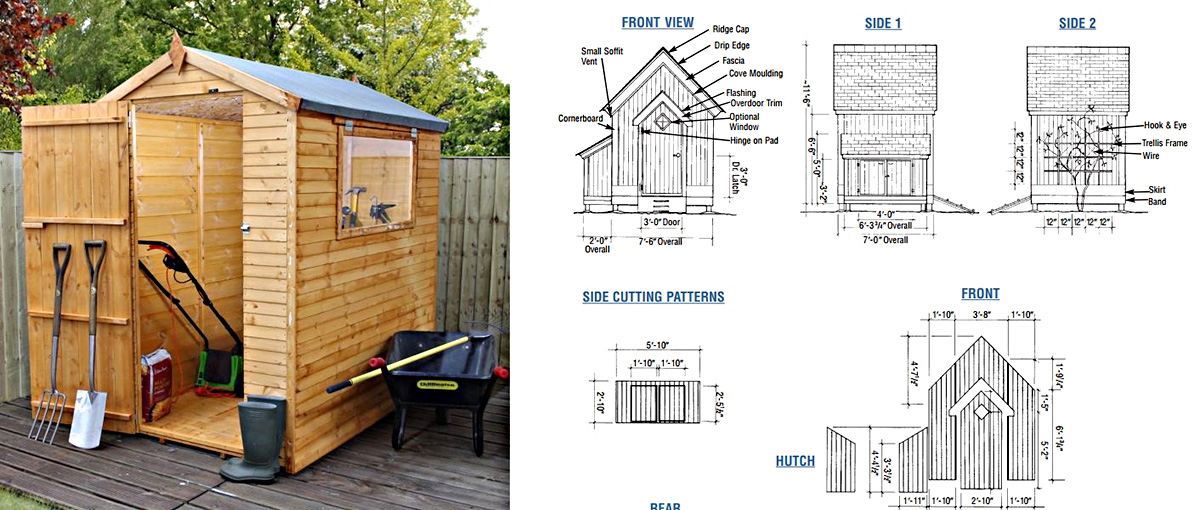

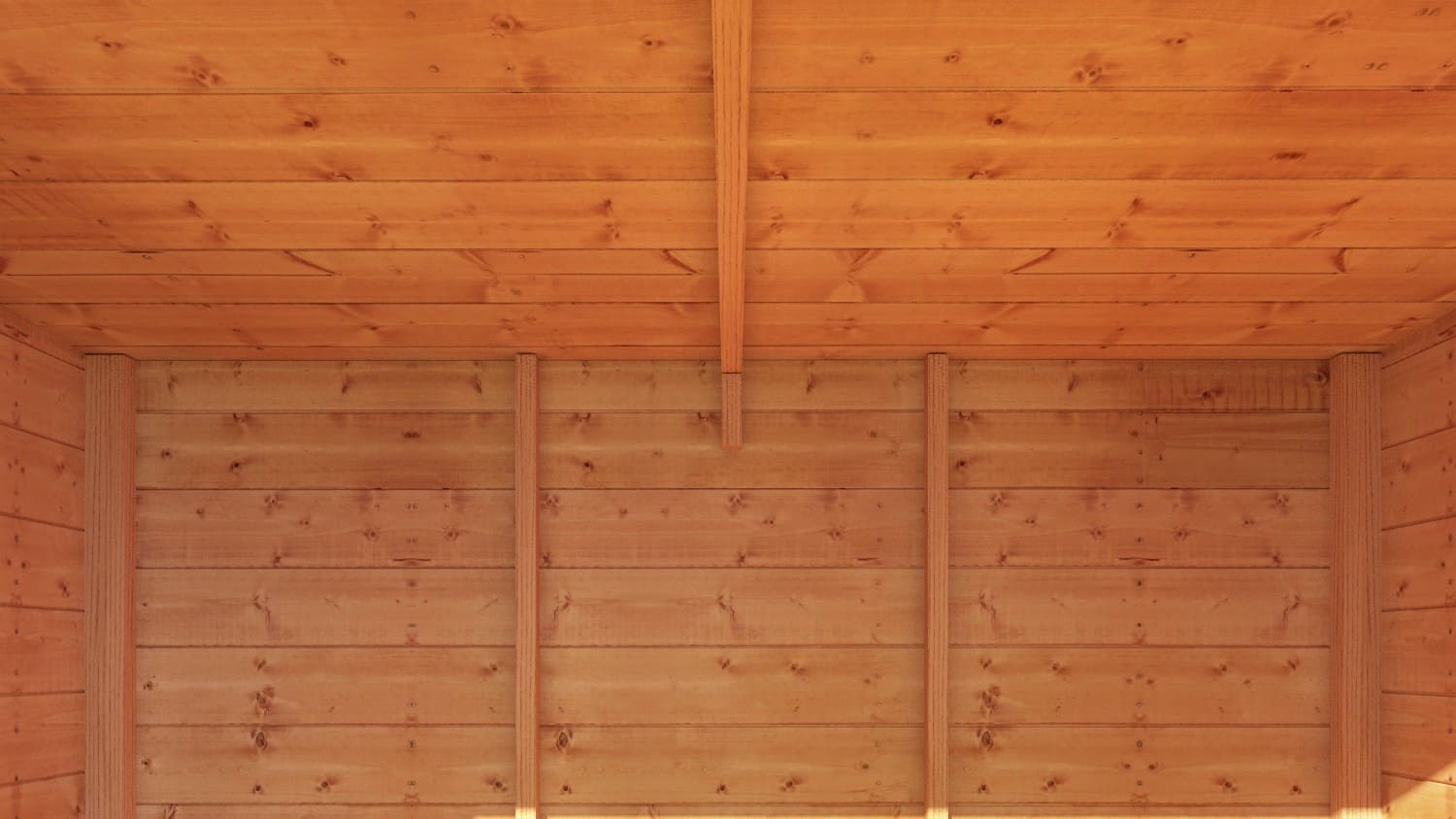
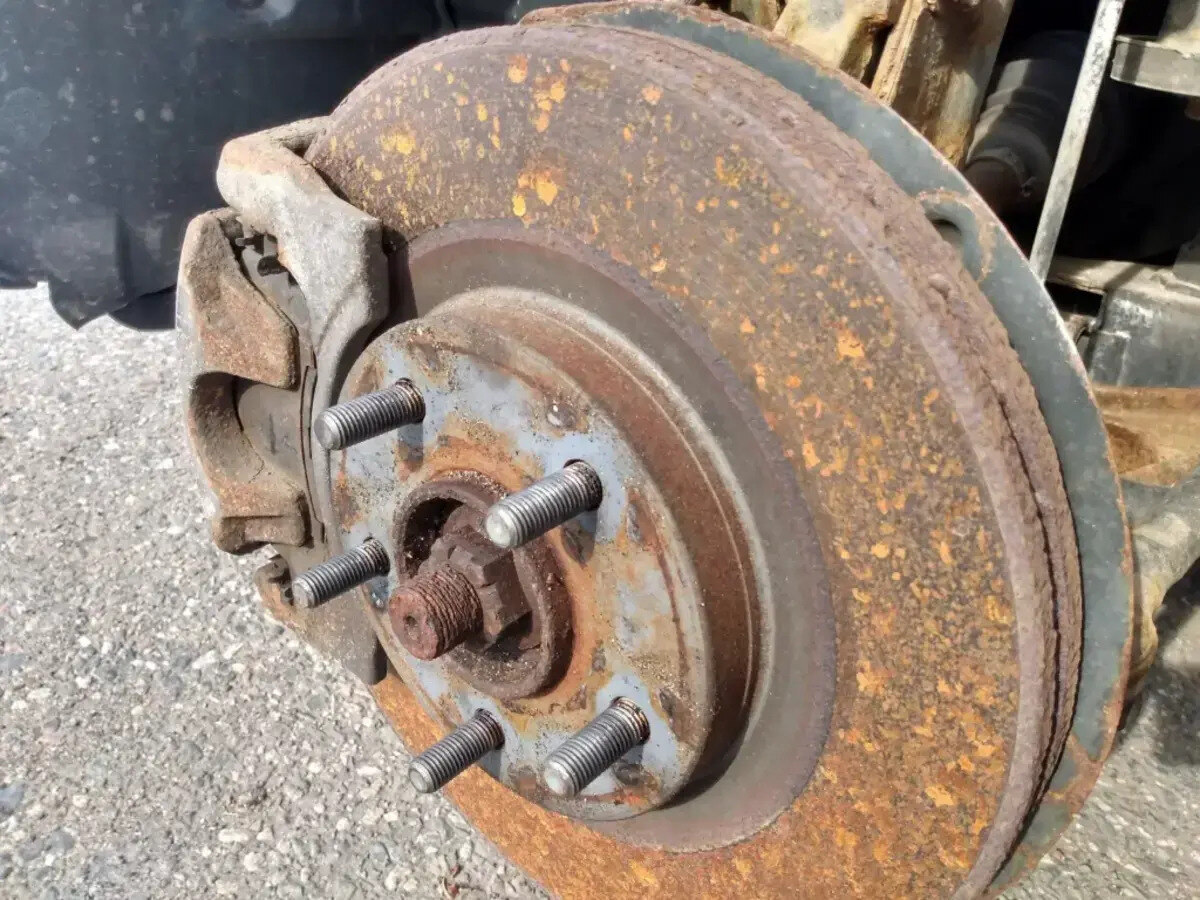
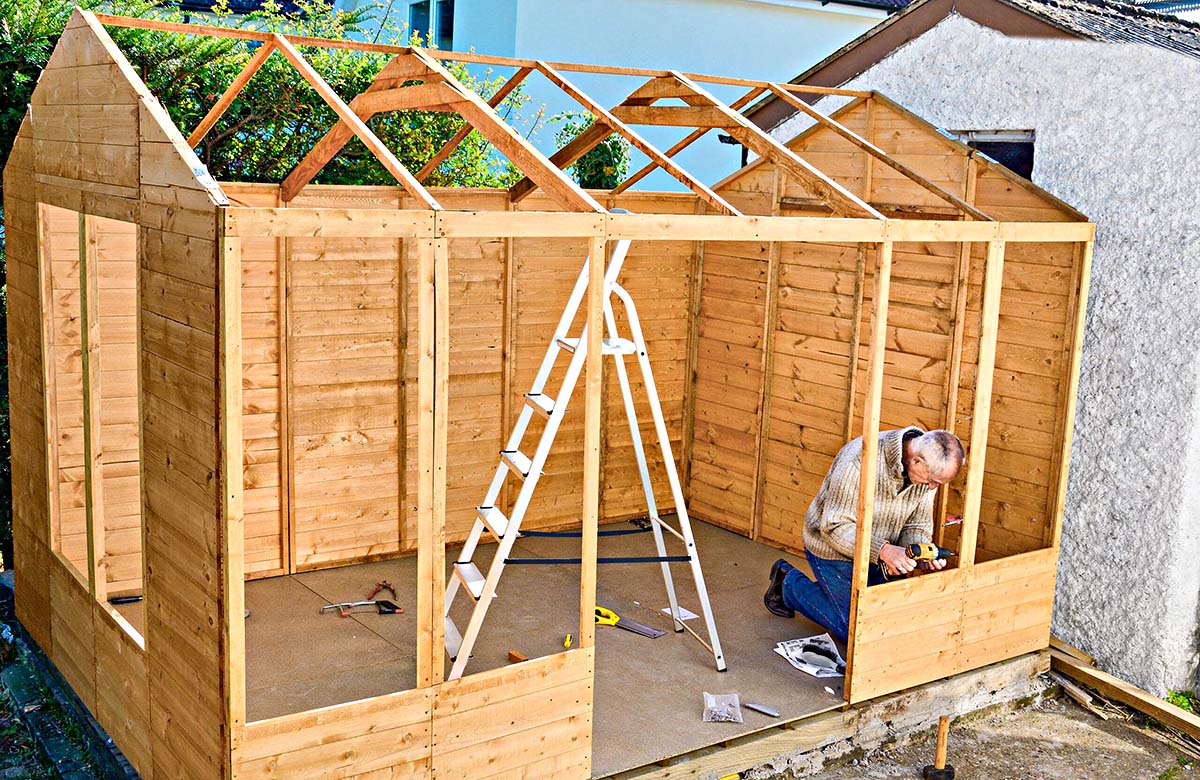
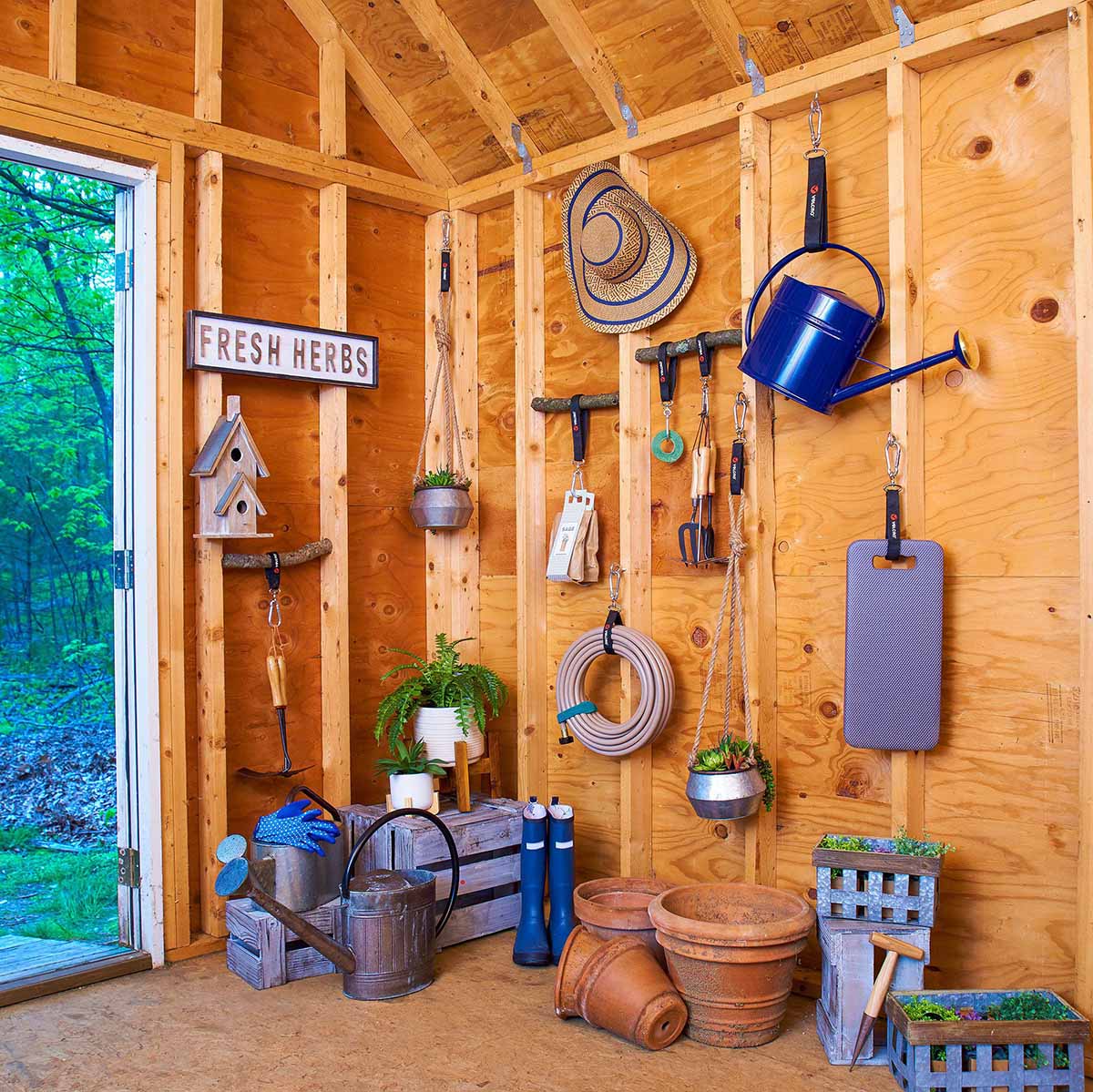
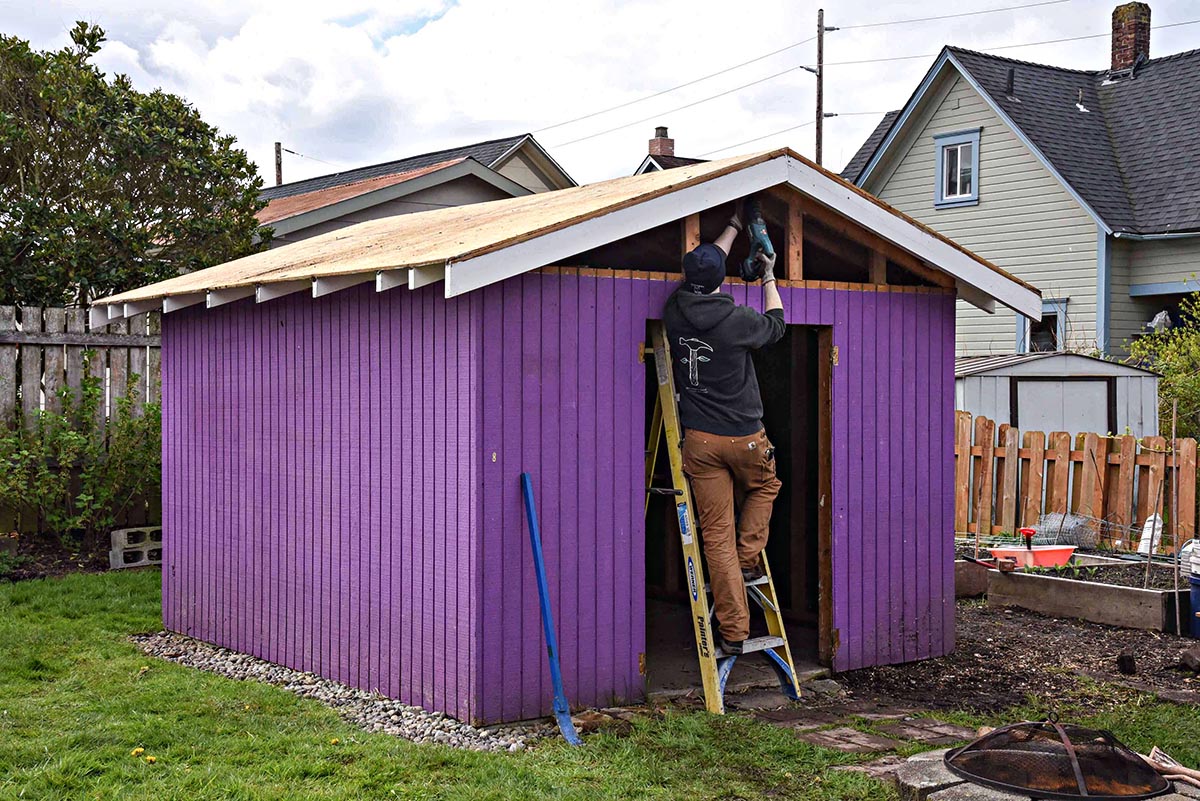
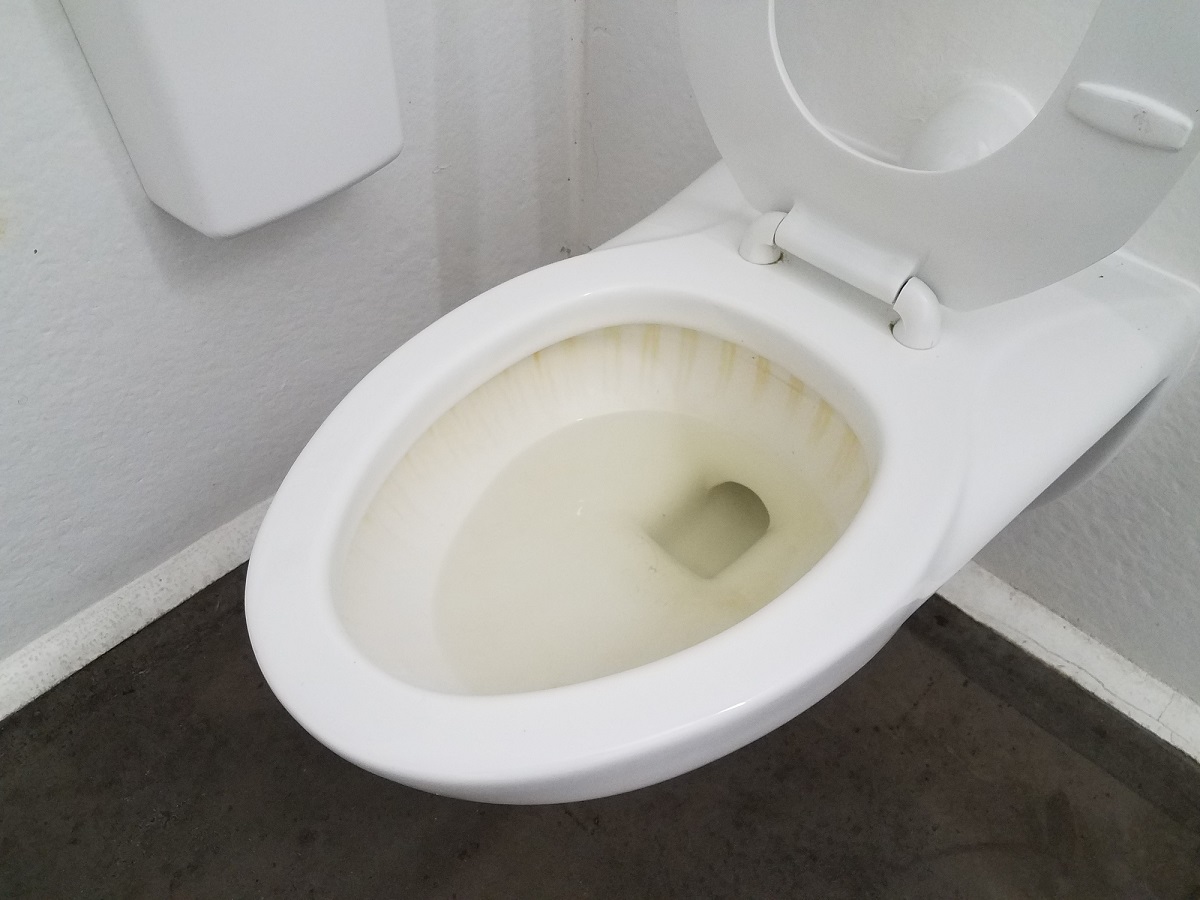
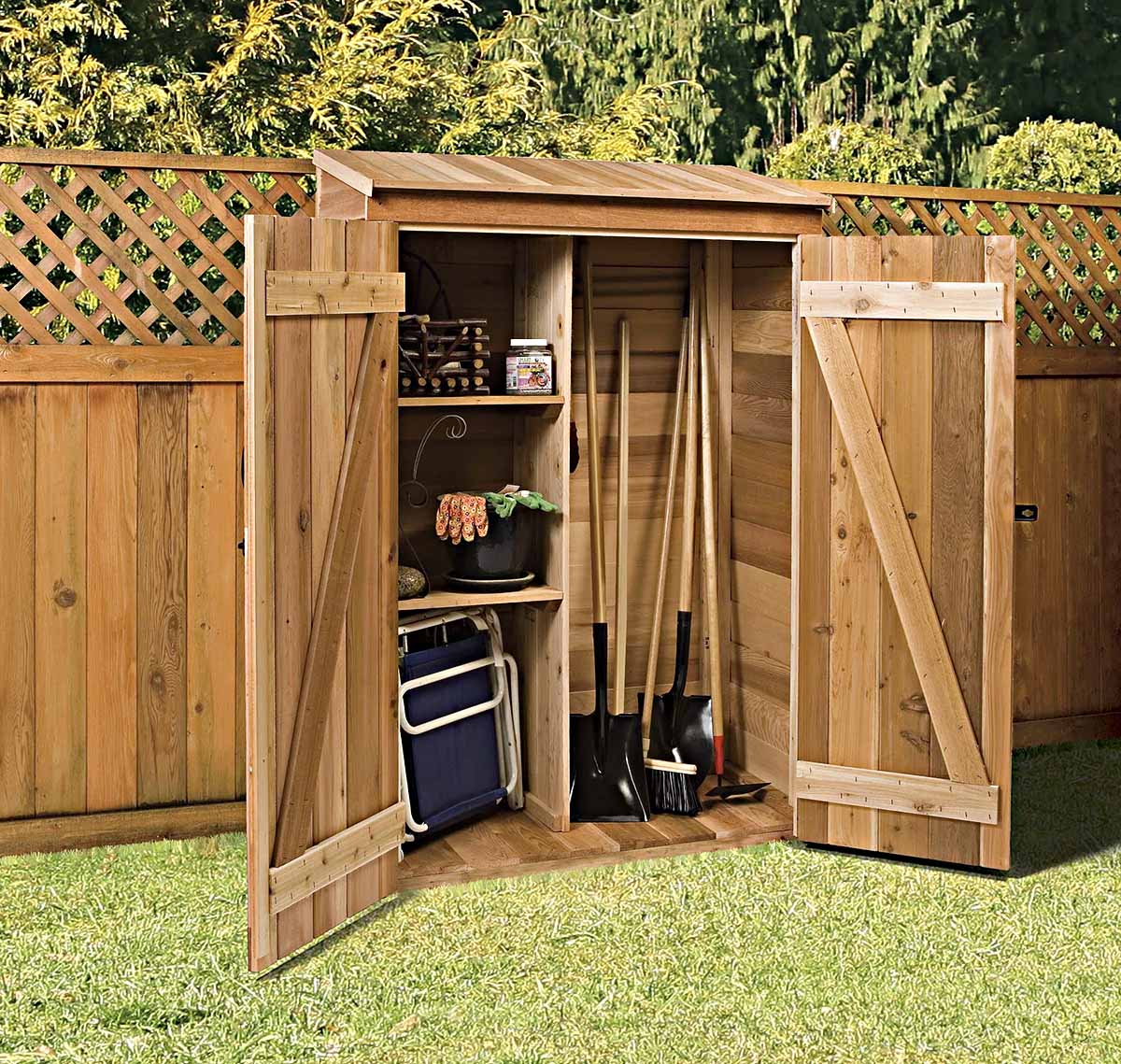
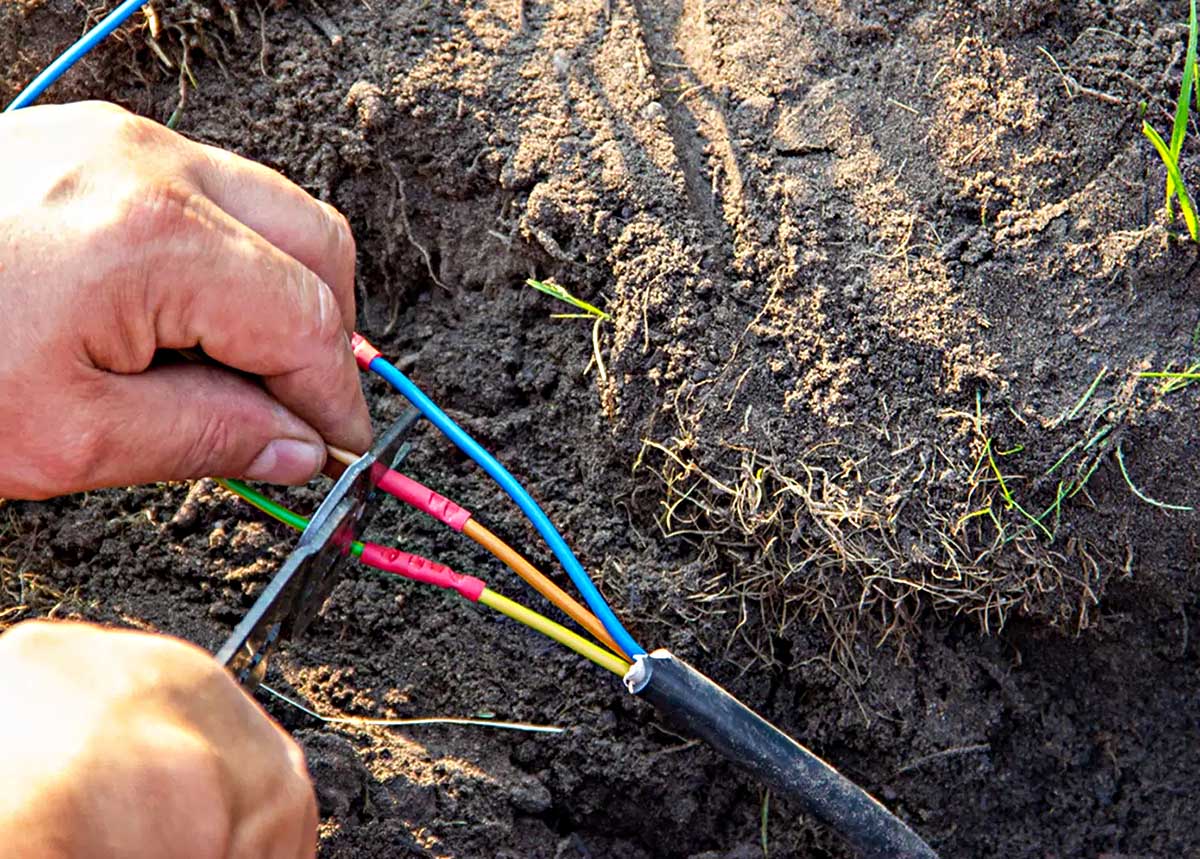


0 thoughts on “How To Keep Tools From Rusting In A Shed”